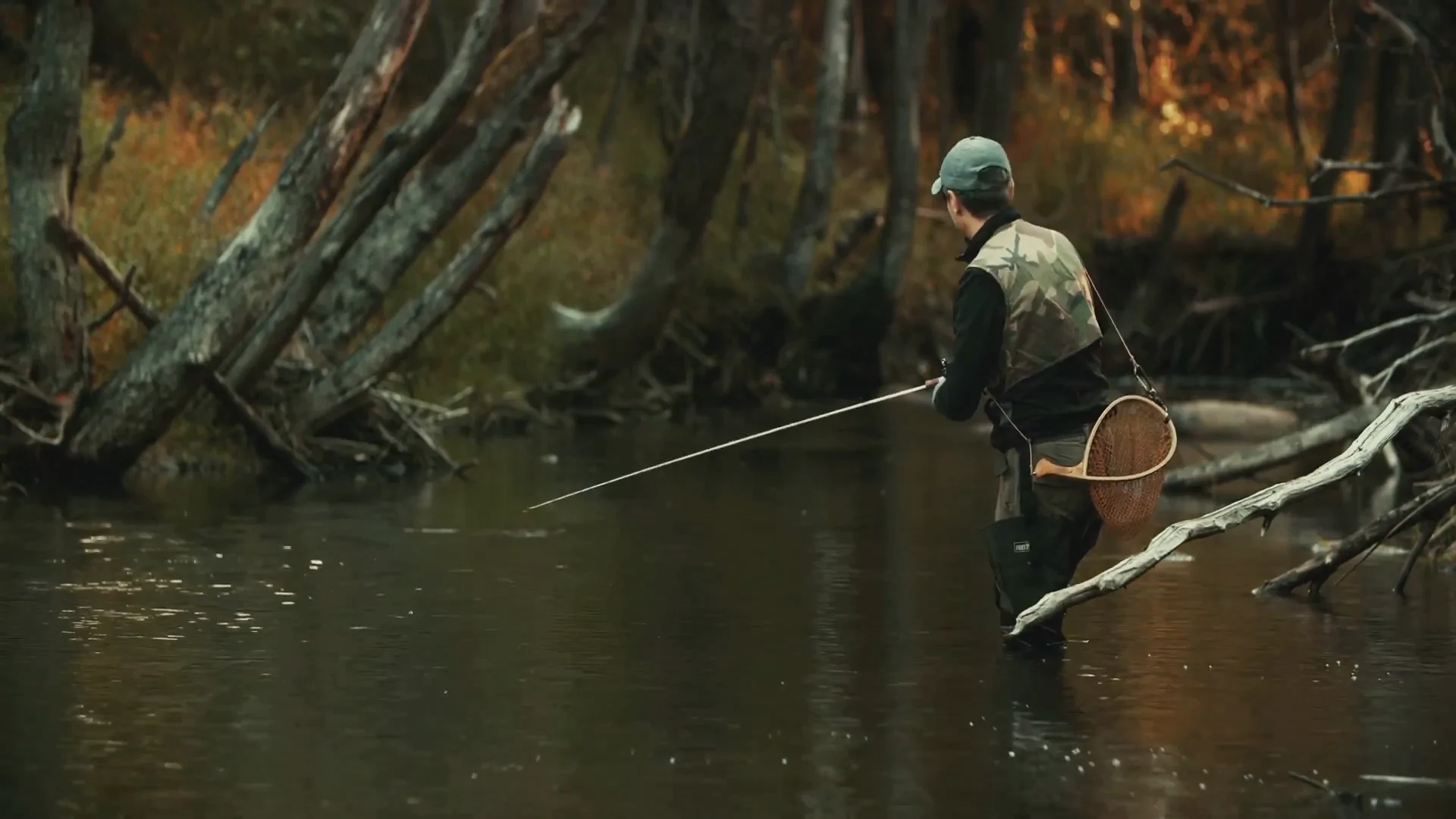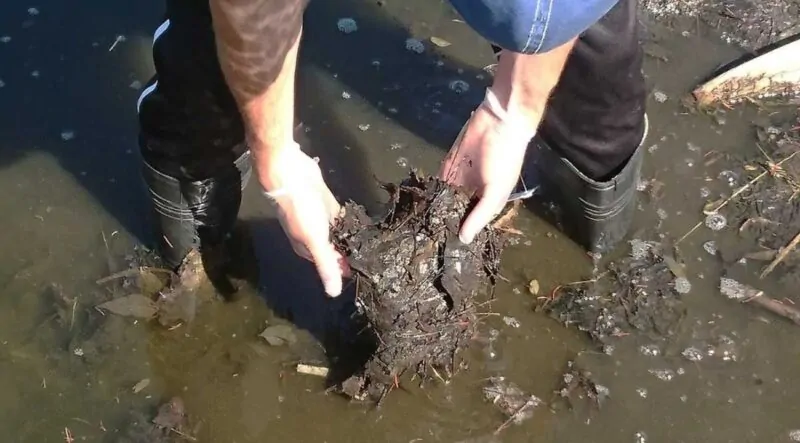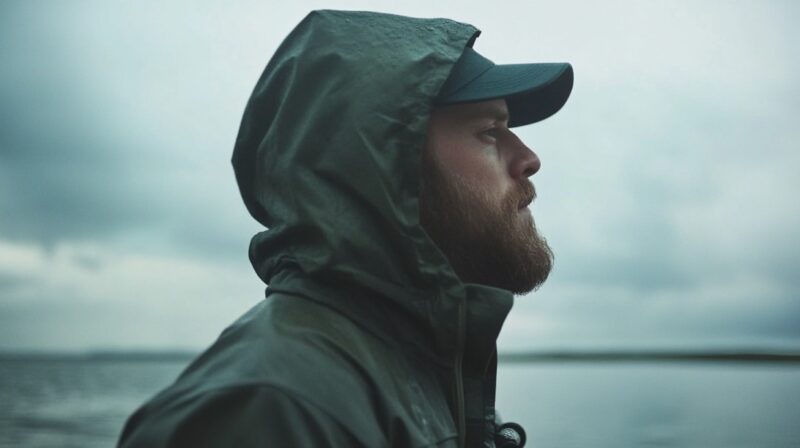
Share Post:
Holding Large Catfish requires a delicate balance of technique and intuition. These formidable creatures possess a raw, primal power that captivates the soul, challenging us to match their strength with our own skill and determination.
Yet, their sharp spines and thrashing bodies can pose a genuine threat, not only to our well-being but also to the fish’s survival.
In this guide, we’ll explore the nuances of catfish anatomy, dispelling the myths that shroud these misunderstood creatures. From the proper grip to the gentle cradling, we’ll uncover the secrets to safely holding these giants, ensuring that the thrill of the catch is matched by the joy of a successful, harm-free release.
For in the end, our true victory lies not in the size of the catch, but in the reverence with which we treat our finned adversaries.
Catfish Anatomy and Myths
Catfish have distinct anatomical features that can be intimidating, especially to new anglers. The primary concern often revolves around their whiskers, dorsal fin, and pectoral fins.
It’s a common misconception that catfish can sting with their whiskers. In reality, these whiskers, or barbels, are harmless. They are soft and pliable, much like a dog’s whiskers, and do not pose any risk of injury.
The real areas of concern are the dorsal and pectoral fins. These fins contain hard spines that can cause painful punctures if not handled correctly. The spines in smaller catfish are particularly sharp and can inject a venom that leads to swelling and increased blood flow at the site of injury. Understanding these anatomical features is the first step in learning how to handle catfish safely.
Fun Fact: Do you know that channel catfish can live in both fresh and salt water?
Techniques for Handling Small Catfish
- Smaller catfish are often more dangerous to handle than their larger counterparts due to the sharpness of their spines.
- For small catfish, the recommended method is to hold them from the top.
- Place your hand directly behind the pectoral and dorsal spines, with the area between your thumb and forefinger resting behind the dorsal spine.
- This grip helps control the fish and minimizes the risk of getting finned.
- As the fish grows larger, this method becomes less practical.
- For medium-sized catfish, you can hold them in front of the dorsal fin and behind the pectoral fins.
- This grip works well for fish up to about seven or eight pounds.
- Beyond this size, it becomes challenging to get a firm grip around the fish’s body.
Techniques for Handling Medium and Large Catfish
- For catfish that are too large to grip with one hand, using a lip grip tool is advisable.
- Lip grips, such as the Berkley Big Game Lip Grip, allow you to control the fish by its mouth while keeping your hands safe from the spines.
- When handling very large catfish, scoop them up with a dip net first.
- Once the fish is secure in the net, use the lip grips to handle the fish for landing, taking photographs, and releasing it back into the water.
- When holding a large catfish by the mouth, be aware of the abrasive texture inside the fish’s mouth.
- Catfish can clamp down hard, causing scrapes and cuts, commonly referred to as “catfish knuckles.”
- To avoid these injuries, use fish grips designed specifically for handling catfish, which provide better control and protect your hands.
Avoiding Injury and Treating Finned Wounds
Even with careful handling, getting finned by a catfish is sometimes unavoidable. The spines of smaller catfish are particularly problematic. If you do get finned, immediate treatment is essential to prevent infection and reduce pain.
Clean the wound with antiseptic and cover it with a clean dressing. A traditional remedy among anglers is to rub the wound on the belly of the catfish. This method is said to alleviate pain almost immediately, although it is not medically endorsed.
If a spine breaks off inside the wound, it can lead to a serious infection. Inspect the fish to ensure no spines are missing and remove any fragments from the wound with tweezers if possible. In severe cases, seek medical attention to avoid complications.
Supporting Sustainable Fishing
Proper handling of catfish not only protects the angler but also supports sustainable fishing practices. Limiting the time the fish spends out of water reduces stress and increases its chances of survival when released.
Always support the catfish’s body and avoid putting pressure on the gills, as this can cause significant harm. Practice catch and release for larger catfish to help maintain healthy fish populations.
Conclusion
Holding large catfish safely is crucial to prevent injury and support the fish’s survival. Knowing their anatomy, especially the sharp dorsal and pectoral spines, helps avoid harm. For small catfish, hold them behind the spines. For larger ones, use lip grips or a dip net.
Quickly treat any wounds to prevent infection. Always support the fish’s body and limit its time out of water. By properly holding large catfish, you protect yourself and help maintain healthy fish populations.
Find a great fishing spot, cast the fishing rod and enjoy your piece and catches!
Related Posts:
- Crappie vs. Bluegill - Key Differences and the Best…
- How Do You Fish for Sauger? Top 10 Techniques and Tips
- Top 7 Baits to Use When Fishing for Catfish
- Catfish in Illinois - Species, Habitats, and Top…
- 7 Best Fly Rods for Beginners in 2025 - What to Look…
- Best Illinois Fishing Spots For Muskie - Where to…









